
The modern Khizi region was established in 1930. The region borders on Siyazan and Guba in the North, Shamakhi in the east, Gobustan in the South and Absheron in the South – East. The eastern part of the region that locates in Khizi plateau leads to Caspian waters by Gilazi edge.

The centre of the region situated at 104 km from Baku Khizi settlement is the most picturesque area close to the capital. Varafta in the North, Takhtayaylag in the South and Hadash in the east are ranges that cover the region. The main mountains are Dubrar (2205 m), Kamchi (1026 m), Sharaku (958 m), Baybayim (935 m), Shikhandagh (801m) and Boyuk Siyaku (786 m). Atachay, Jangichay, Kanda, Tughchay, Dizavarchay, Kerban and Garabulag are the main rivers of the region. Altiagaj National Park (11,035 ha) and Rehabilitation Center of Wild Nature locates in the area.

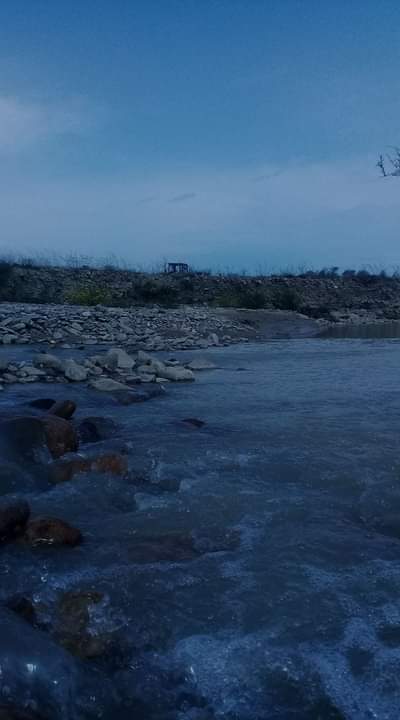
The ethnic diversity of region consists of Azerbaijanis and Tats. There are different opinions about the etymology of the word Khizi. According to experts ideas the name comes from Sasani Empire. Tribes with Iran language were moved to the area in order to spread the official Zoroastrian religion to the North territories, to struggle with Christianity and to protect Northern borders from Huns, Peachiness and Caspian tribes in the early Middle Ages (III – VI). This process was intensified with the second migration wave when the Shirvanshahs were defeated by the Safavids. The tribes moving to this area were settled in Khuzistan province and after a long time the name changed and transferred to the form of Khizi. The second largest settlement of the region Altiagaj situates on the bank of Atachay and have a panoramic landscape. The name of the territory derived from the capital of Shirvanshah Shamakhi is 42 km away which is equal to six trees distance (1 tree comprises 7 km). Turkish traveler Evliyya Chalabi reminds in “Sayahatname”: “We come to Altiagaj after going six trees to the North. Ajamis call this area as “shesh darahat”. There is a large caravan in a panoramic meadow. This place was subordinated to miskar region in the border of Damirgapi (Iron door)”. There are remains of fortress walls on the banks of the River Kerban, 2 km to the south from modern Khizi. Khizi is the one of the regions of Azerbaijan that with the largest forest areas (9931 ha, 6%). The territory owns high biodiversity, landscape and ecosystem. Forest, forest-steppe, steppe, steppe mountains, subalpine and alpine ecosystems are feasible in the area.

LANDSCAPES AND BIODIVERSITY.

The forest dendroflora consists of as Iberian oak (Quercus iberica), East hornbeam (Carpinus orientalis), Orient beech (Fagus orientalis), ash (Flaxinus excelsior), elm (Ulmus sp.), pear (Pyrus sp.), maple (Acer laetum), juniper (Juniperus sp.), honeysuckle (Lonicera sp.). Willowleaf pear (pyrus salicfolia), hawthorn (crataegus sp.), thorn
( paliurus spina-christi), hare-apple (cotoneaster sp.), firstborn (pyrocantha coccinea), barberry (Berberis vulgaris), dog-rose (Rosa sp.) are typical plants of sparse – foothill forests of zone.
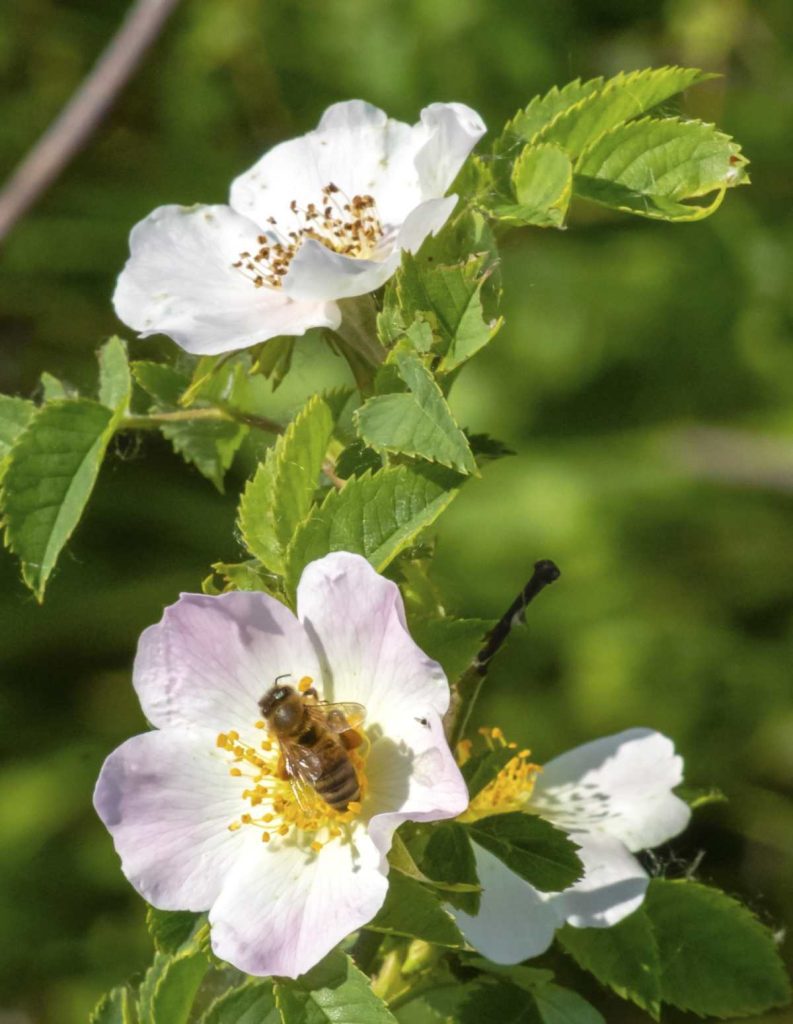
The river edges composed of arms as ordinary pomegranate (punica granatum), buckthorn (rhamnus pallasii), tamariks (tamarix sp.), sallow – thorn
(hippophae rhamnoides) and boxthorn (lycium ruthenicum).

There are single black fig (ficus carica) and rare, endemic and endangered species of Euphrates poplar (populus euphratica).

The fauna of the area is rich as well. European roe (capreolus), brown bear (ursus arctos), wild boar (sus scrofa), a lynx, racoon, European hare, fox, stone marten, wolf, a pheasant, wood pigeon, common quail, nightjar, steppe eagle, grey partridge, common blackbird as birds are peculiar species of territory.


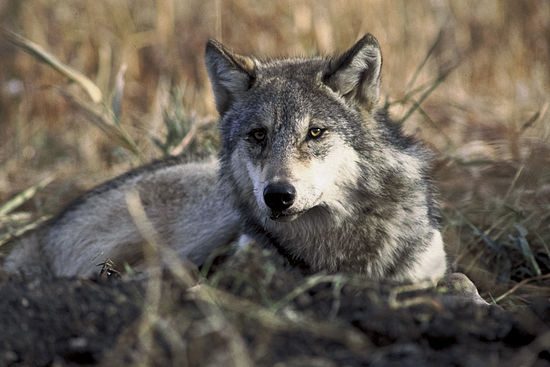
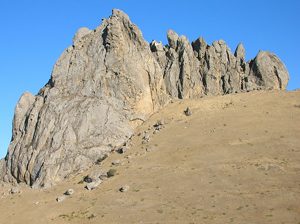
The tomb – sanctuary with 300 – 500 year graves locates near Tikhli village (XV century). There are some probability that this tomb belongs to Sheikh Haydar. According to historical sources, the tomb is the grave of Sheikh Haydar that was the father of Sheikh Ismail the founder of Safavid Empire. Sheikh Haydar was killed in Tabasaran war (1488) by Farrukh Yasar and buried in the area opposite to Beshbarmag mountain. After defeating Shirvanshahs, Ismail I built the tomb over his Safavi father, build in Shikhlar village and declared mausoleum with the purpose of pilgrimage.
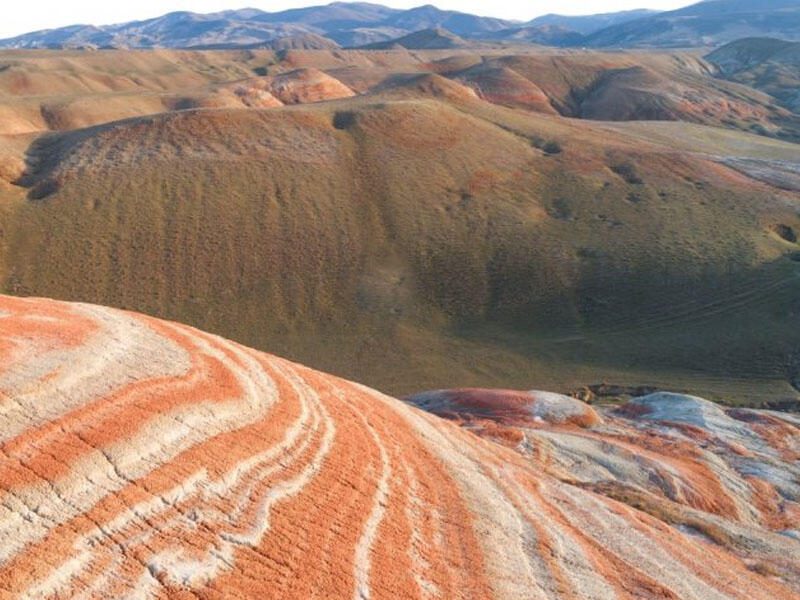
SOURCE:
AZERBAIJAN ECOTOURISM POTENTIAL
QARIB MAMMADOV, ELMAN YUSIFOV, MAHMUD KHALILOV, VUQAR KARIMOV

